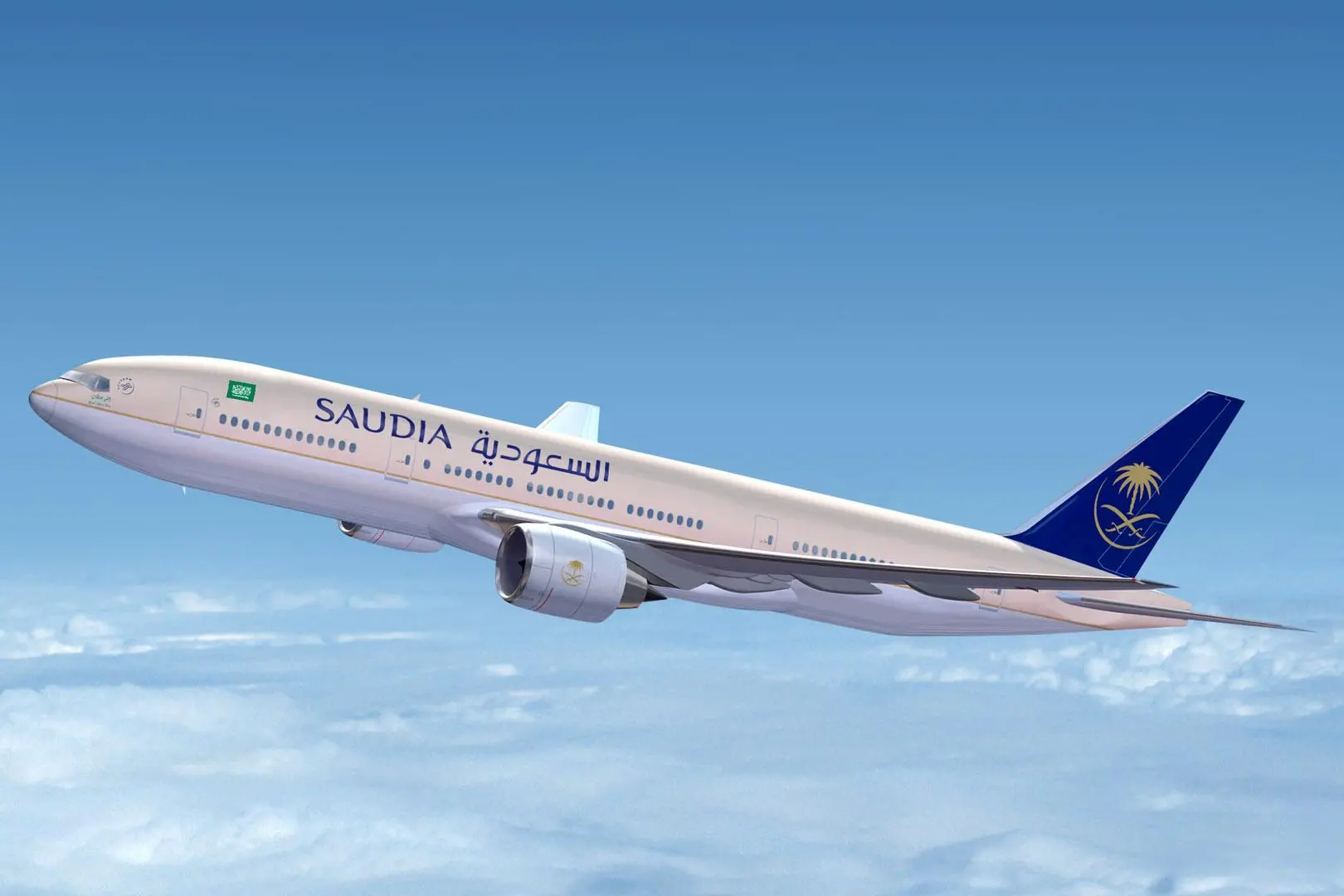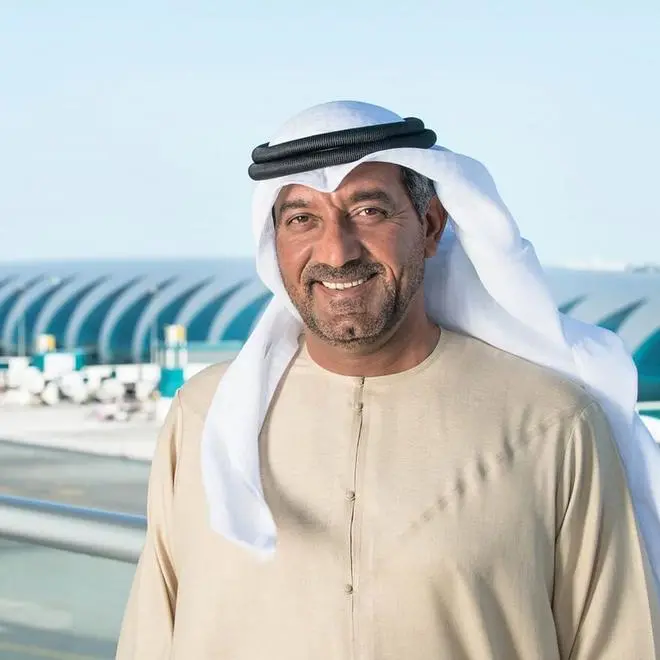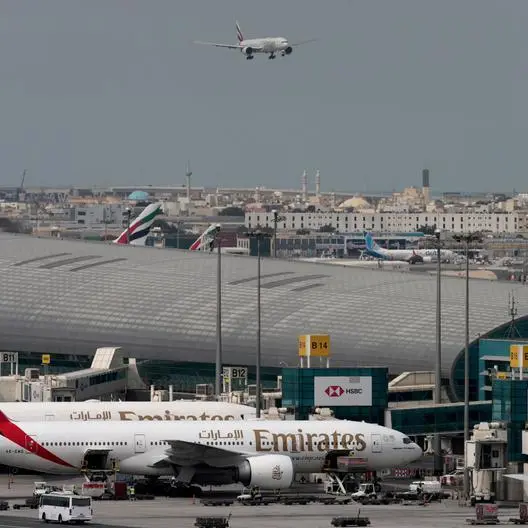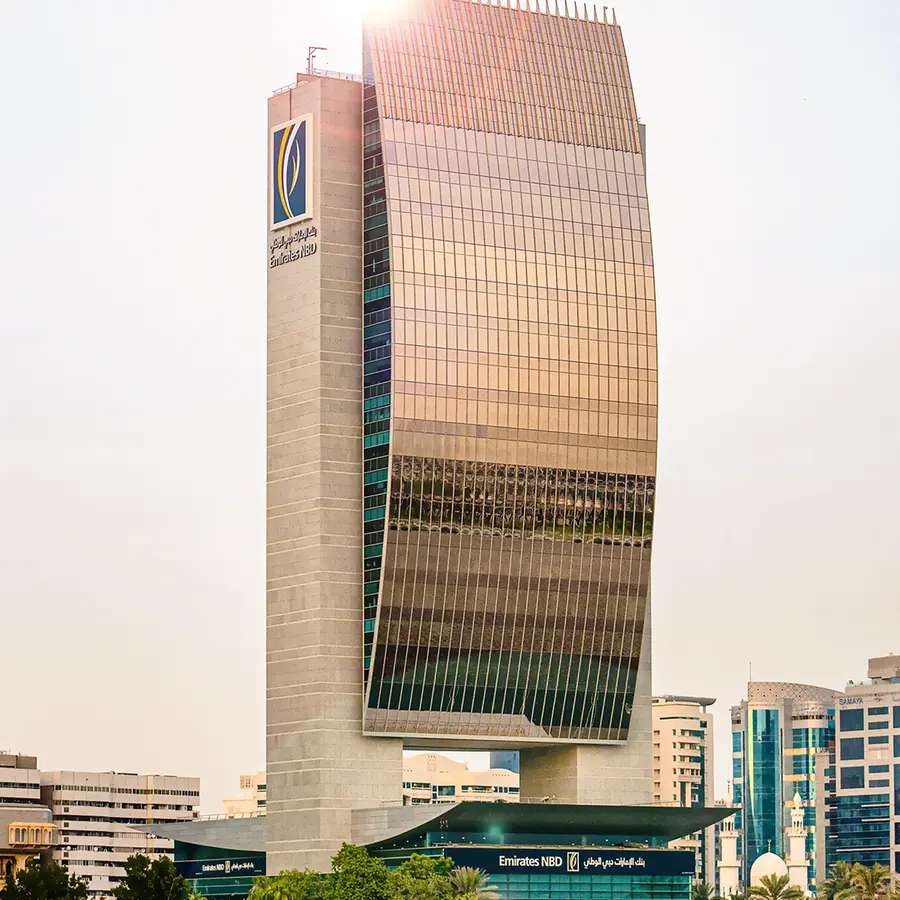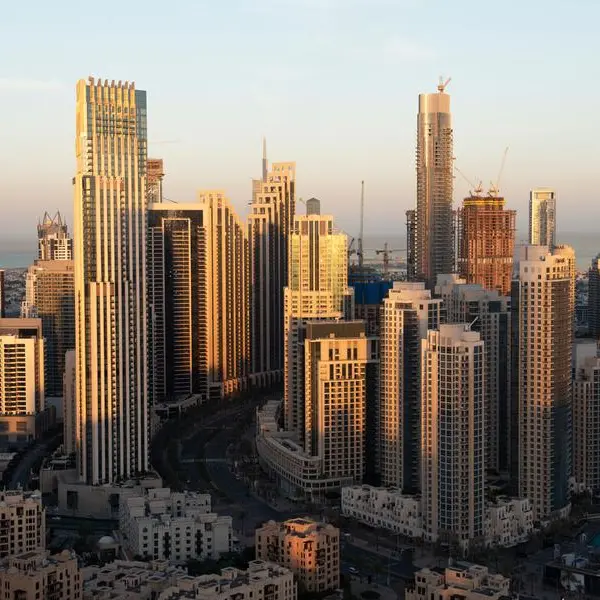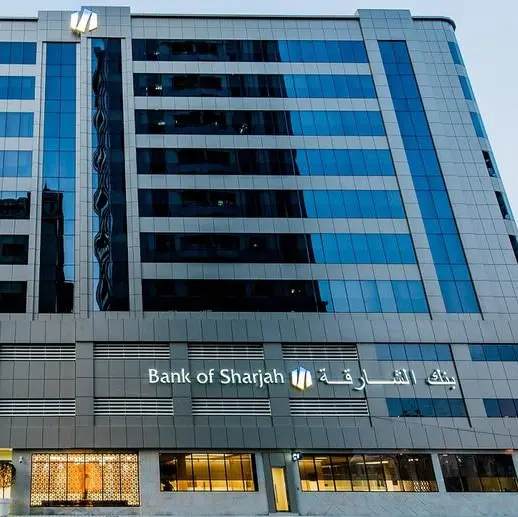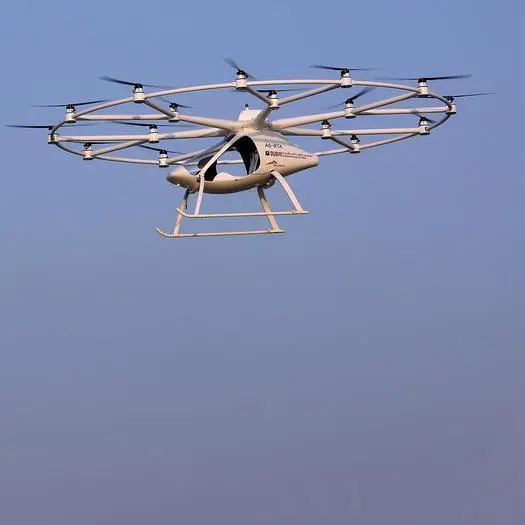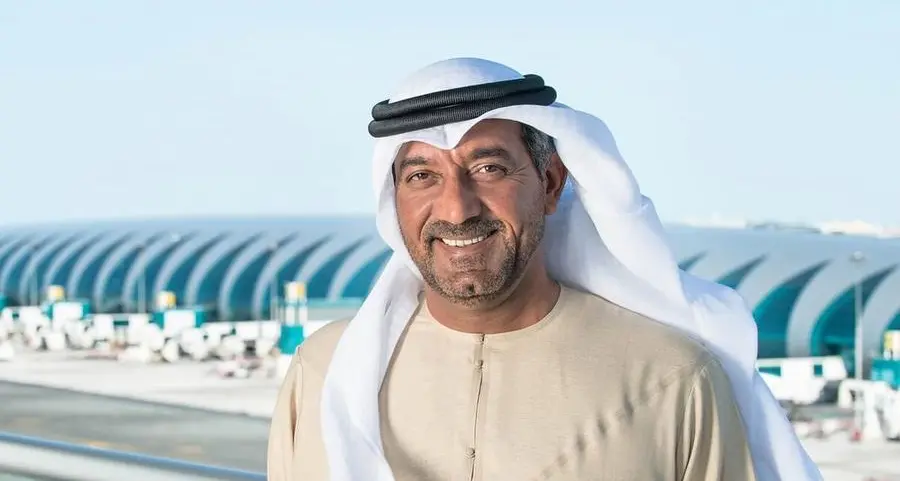PHOTO
Middle Eastern airlines will deliver a combined net loss of $1.1 billion in 2019, marginally higher than the $1 billion loss last year, said the International Air Transport Association (Iata) in its 2019 outlook for the global air transport industry.
That equates to a $5.01 loss per passenger and a negative net margin (-1.9 per cent). The region has faced substantial challenges in recent years, both to the business environment and to business models, Iata added.
Airlines there are going through a process of adjustment and announced schedules point to a substantial slowdown in capacity growth in 2019. Performance is now improving but the worsening in the business environment is expected to prolong losses in 2019, it said.
African airlines will deliver a $0.1 billion loss (unchanged from 2018), continuing a weak trend into its fourth year. Each passenger carried is expected to cost the carriers $1.54, leading to a -1.0 per cent net margin. Breakeven load factors are relatively low, as yields are a little higher than average and costs are lower.
However, according to Iata, few airlines in the region are able to achieve adequate load factors, which averaged the lowest globally at 60.7 per cent in 2018. Overall, industry performance is improving, but only slowly.
Globally, Iata announced a downgrade of its 2019 outlook for the global air transport industry to a $28 billion profit (from $35.5 billion forecast in December 2018). That is also a decline on 2018 net post-tax profits which Iata estimates at $30 billion (restated).
The business environment for airlines has deteriorated with rising fuel prices and a substantial weakening of world trade. In 2019 overall costs are expected to grow by 7.4 per cent, outpacing a 6.5 per cent rise in revenues. As a result, net margins are expected to be squeezed to 3.2 per cent (from 3.7 per cent in 2018). Profit per passenger will similarly decline to $6.12 (from $6.85 in 2018).
“This year will be the tenth consecutive year in the black for the airline industry. But margins are being squeezed by rising costs right across the board—including labour, fuel, and infrastructure. Stiff competition among airlines keeps yields from rising. Weakening of global trade is likely to continue as the US-China trade war intensifies. This primarily impacts the cargo business, but passenger traffic could also be impacted as tensions rise. Airlines will still turn a profit this year, but there is no easy money to be made,” said Alexandre de Juniac, Iata’s director general and CEO.
In 2019, the return on invested capital earned from airlines is expected to be 7.4 per cent (down from 7.9 per cent in 2018). While this still exceeds the average cost of capital (estimated at 7.3 per cent), the buffer is extremely thin. Moreover, the job of spreading financial resilience throughout the industry is only half complete with a major gap in profitability between the performance of airlines in North America, Europe and Asia-Pacific and the performance of those in Africa, Latin America and the Middle East.
“The good news is that airlines have broken the boom-and-bust cycle. A downturn in the trading environment no longer plunges the industry into a deep crisis. But under current circumstances, the great achievement of the industry—creating value for investors with normal levels of profitability is at risk. Airlines will still create value for investors in 2019 with above cost-of-capital returns, but only just,” said de Juniac.
2019 outlook drivers
Costs:
• The high price of fuel from 2018 ($71.6/barrel Brent) will continue in 2019 with an average cost of $70.00/barrel Brent expected. This is 27.5 per cent higher than the $54.9/barrel Brent in 2017. Fuel costs will account for 25 per cent of operating costs (up from 23.5 per cent in 2018).
• Non-fuel unit costs are expected to rise to 39.5 cents per available tonne kilometre from 39.2 cents, because of higher labour, infrastructure and other costs.
• Overall expenses are expected to rise 7.4 per cent to $822 billion.
Revenues:
• Overall revenues are not keeping pace with the rise in costs. For 2019, total revenues of $865 billion are expected (+6.5 per cent on 2018).
Cargo:
• After an exceptional performance in 2017 (+9.7 per cent growth), cargo demand growth slowed to 3.4 per cent in 2018. It is anticipated to be flat in 2019 with cargo volumes of 63.1 million tonnes (63.3 million tonnes in 2018) because of the impact of higher tariffs on trade.
• Cargo yields are expected to be flat in 2019 after a 12.3 per cent improvement in 2018, as cargo load factors fall further, and supply-demand conditions weaken.
Passenger:
• Passenger demand growth is expected to be more robust than for cargo. This is because global GDP growth is expected to remain relatively strong at 2.7 per cent, albeit slower than in 2018 (3.1 per cent). Governments and central banks have responded to slower economic growth with more supportive policies, which is providing an offset to trade weakness. But economic growth and household incomes will still grow more slowly, so total passenger demand, measured in revenue passenger kilometres, is expected to grow by 5.0 per cent (down from 7.4 per cent in 2018). Airlines have responded to the slower growth environment by trimming capacity expansion to 4.7 per cent (ASKs).
• Total passenger numbers are expected to rise to 4.6 billion (up from 4.4 billion in 2018).
• Passenger yields are expected to remain flat in 2019 after a 2.1 per cent fall in 2018.
“Aviation needs borders that are open to people and to trade. Nobody wins from trade wars, protectionist policies or isolationist agendas. But everybody benefits from growing connectivity. A more inclusive globalization must be the way forward,” said de Juniac. – TradeArabia News Service
Copyright 2019 Al Hilal Publishing and Marketing Group Provided by SyndiGate Media Inc. (Syndigate.info).
